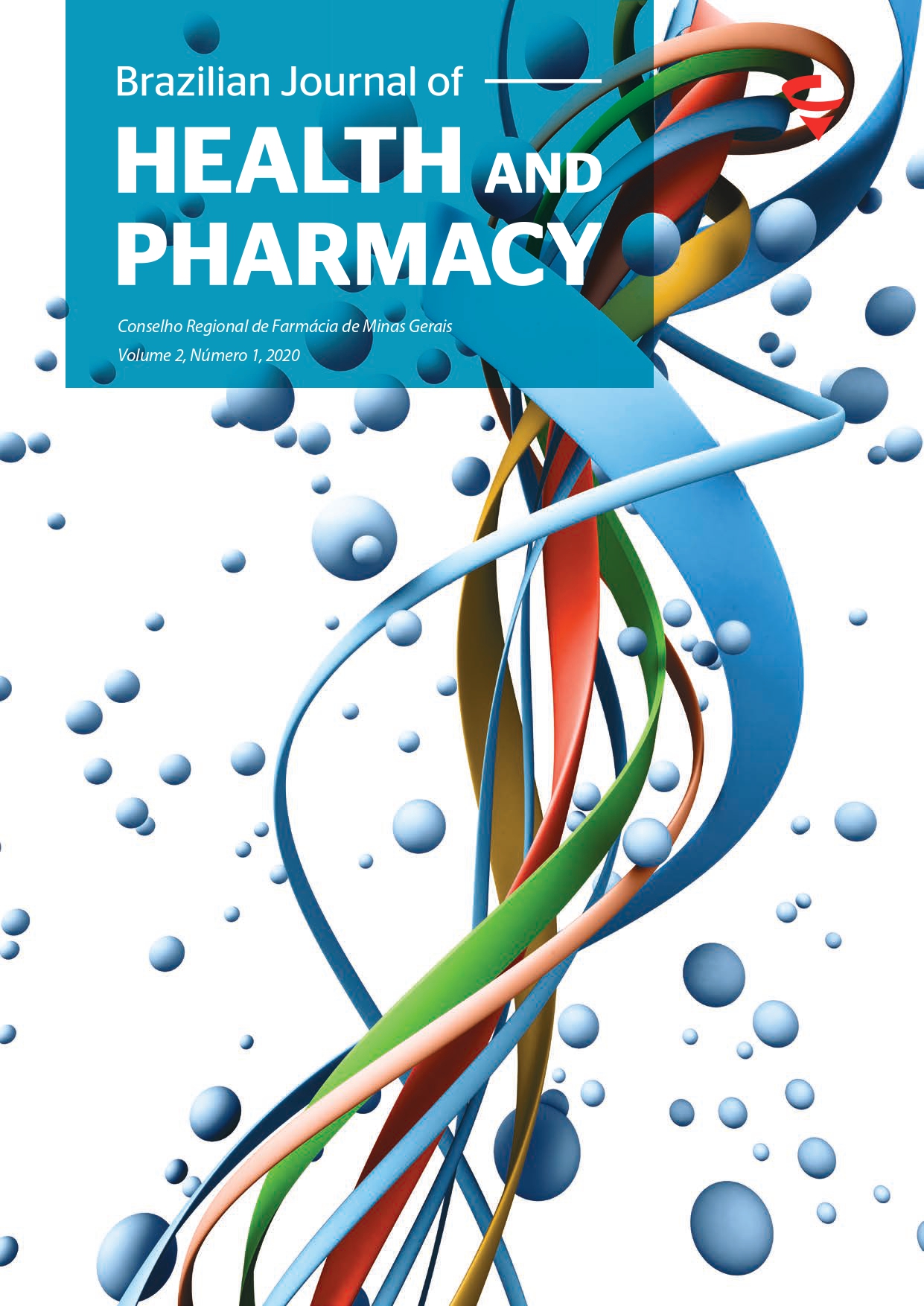Abstract
Vulvovaginal candidiasis is a high incidence infection, affecting 75% of adult women. However, microorganisms develop protective mechanisms, so it is important to develop strategies. The aim of the present study was the development of clotrimazole (CTZ) loading nanoemulsion for topical treatment of vulvovaginal candidiasis. The nanoemulsions (NE-CTZ) were prepared by the phase inversion temperature method and characterized in relation to the average hydrodynamic diameter (Zav), polydispersity index (PdI), Zeta potential (Zp), Encapsulation Efficiency (EE), Mid Infrared Spectroscopy (FT-MIR), morphology, cytotoxicity in fibroblast cell line (NHI/3T3) and antifungal activity against susceptible (ATCC 24433) and multidrug resistant (ATCC 10231) strains of Candida albicans. The Zav of nanoemulsions was approximately 260 nm, with PdI characteristic of monodisperse systems (~ 0.3) and Zp was equal to -26 mV. Nanoemulsions provided high CTZ incorporation (EE ~ 100%) and FT-MIR assays could corroborate the encapsulation of this active. Morphological analysis showed droplets similar in size to those found for Zav and with irregular round shape. In the cell viability assay it was found that for all concentrations tested (4.8- 0.15μg/ mL) nanoemulsion showed lower cytotoxic potential when compared to free drug. Regarding antifungal assays, NE-CTZ showed inhibitory activity against strains tested in the concentration range of 4.8-0.6μg/ mL (referring to CTZ). Therefore, the developed formulation presents promising physicochemical and biological characteristics for use in the treatment of vulvovaginal candidiasis, specially in cases of antifungal resistance to other azole drugs.

